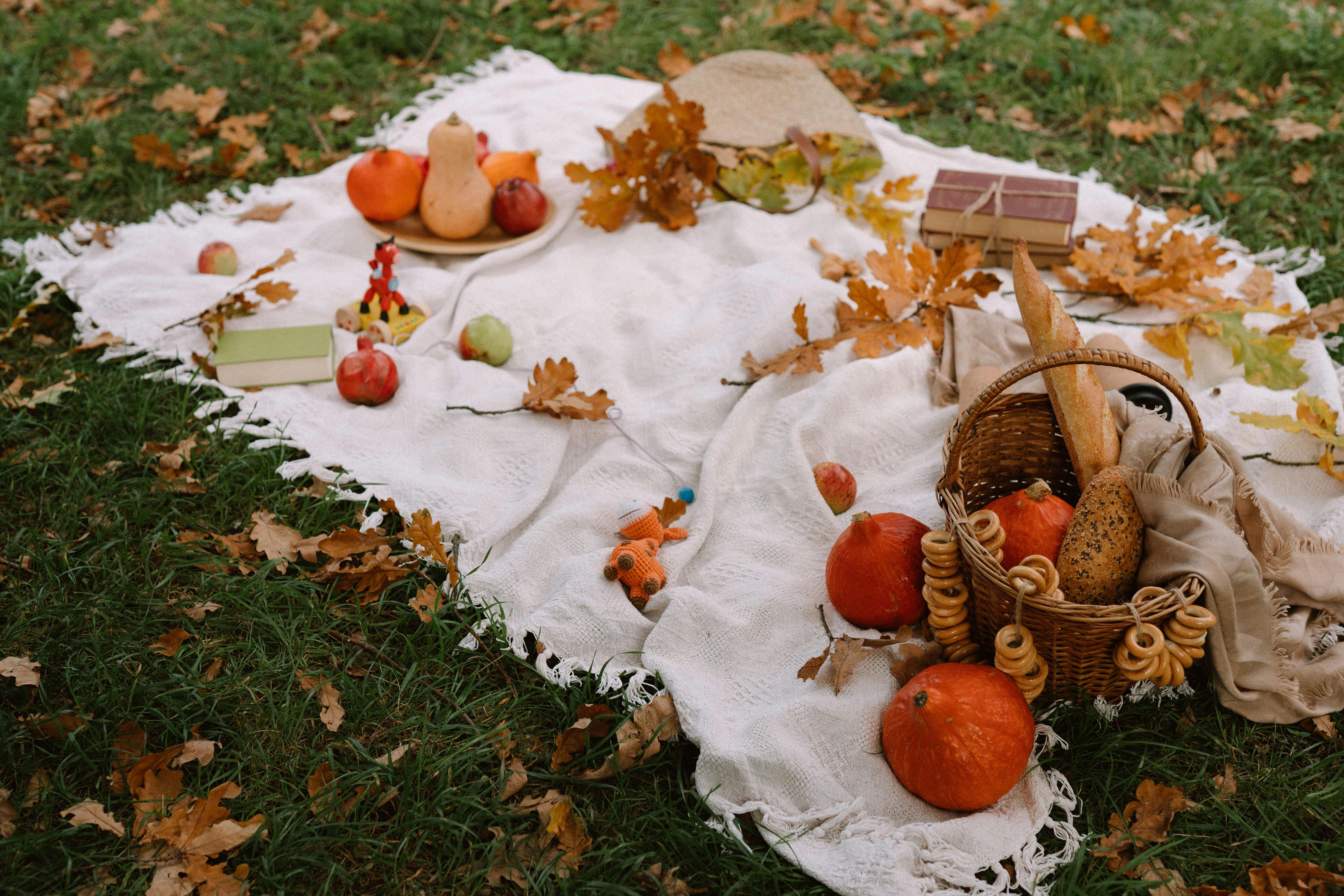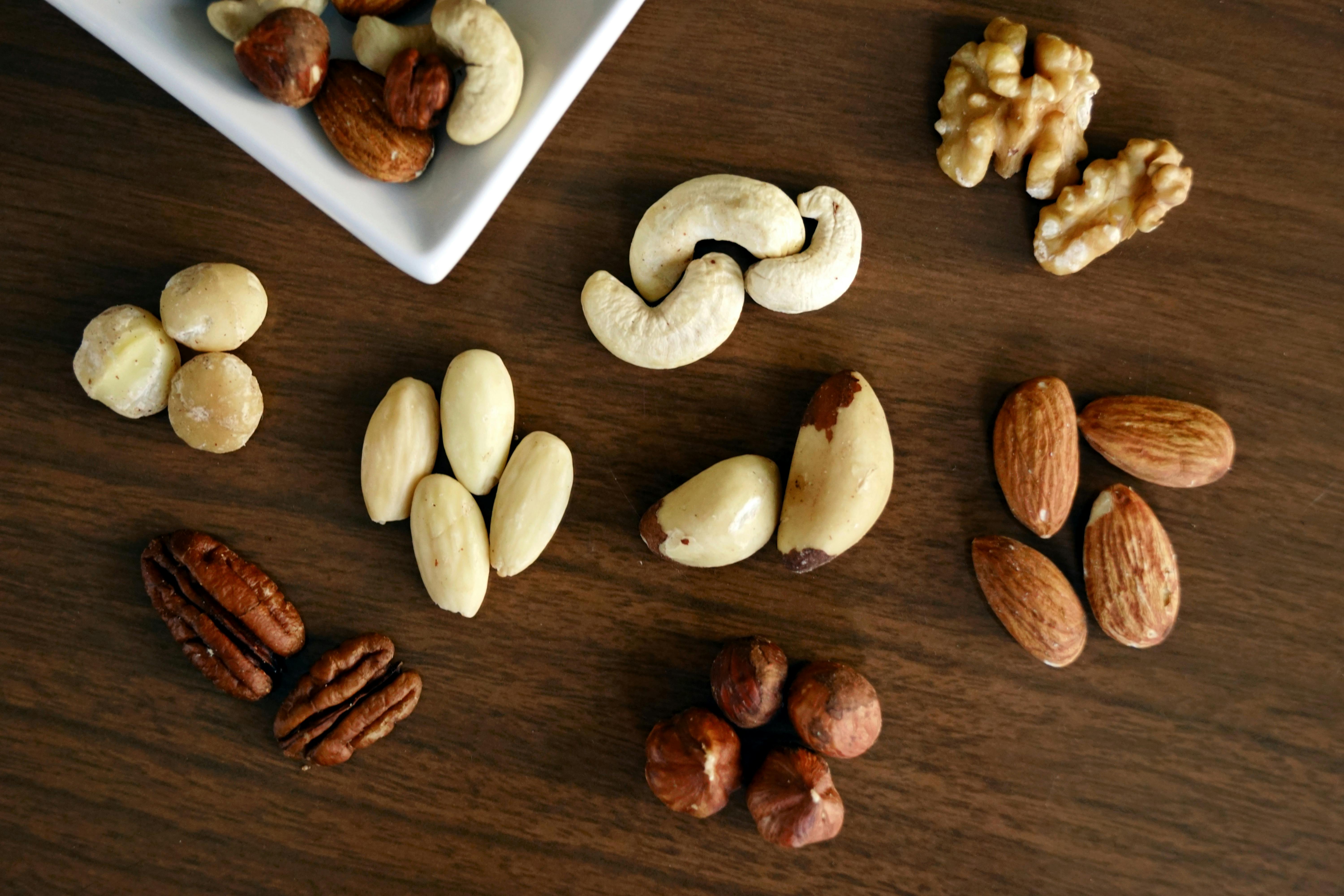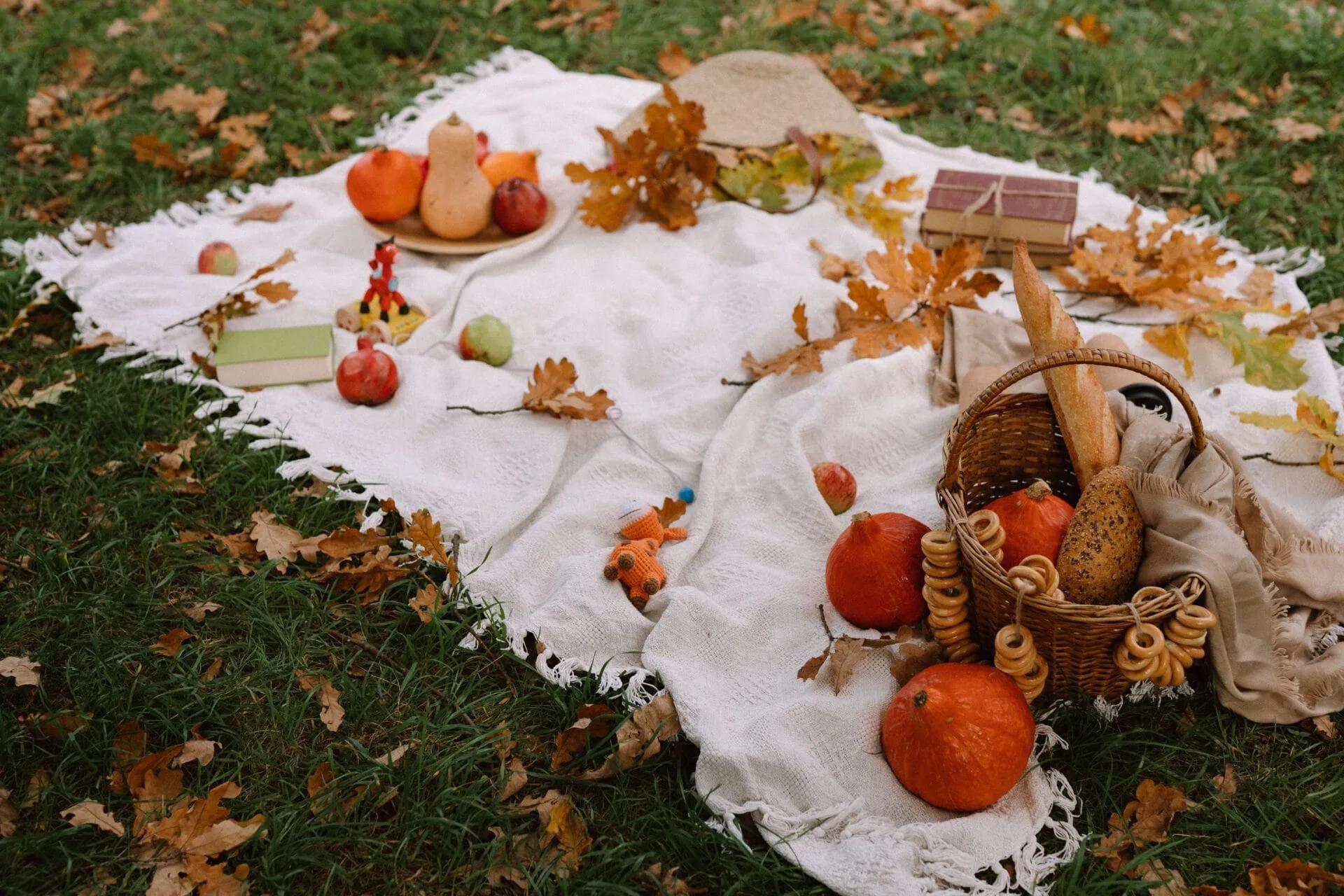Dried fruit can be an excellent addition to a variety of cocktails. Not only do they add flavor, texture, and a unique visual appeal to the drinks, but they can also enhance the nutritional value of the beverages. If you’re looking to explore the world of dried fruit cocktails, this guide will provide you with all the information you need. We’ll cover everything from how to select and prepare dried fruit for cocktails to how to store it for later use. So let’s get started!Drying fruit for use in cocktails is a great way to add a unique flavor and texture to your drinks. Here’s how to do it:
1. Start by selecting the fruit you would like to dry. Popular choices include citrus fruits such as oranges, lemons, and limes, as well as tropical fruits such as mangoes, pineapples, and papayas.
2. Cut the fruit into thin slices with a sharp knife or mandolin slicer. Try to make sure the slices are even in thickness for even drying.
3. Place the fruit slices onto a baking sheet lined with parchment paper or a silicone baking mat. Make sure not to overlap the slices so they can dry evenly.
4. Put the baking sheet in an oven set on its lowest temperature setting (usually around 170°F). Keep an eye on it and check every 30 minutes or so until the fruit slices are completely dry and slightly crispy, which should take about 3-4 hours depending on how thick you cut the slices.
5. Once your fruit is dry, let it cool before using it in drinks or storing it in an airtight container for later use. Enjoy!
Preparing Fresh Fruit for Cocktail Garnishes
Cocktails can be garnished with fresh fruit to add an extra touch of flavor and a pop of color. Preparing the fruit for garnishing is easy and only requires a few simple steps. To start, wash all of the fruit that will be used in the cocktail. Rinse it thoroughly under cool running water, then pat it dry with a paper towel. Depending on what type of fruit will be used, it may need to be peeled or cut into slices or wedges. If needed, use a sharp paring knife to carefully peel away any skin from the fruit. If slicing or wedging the fruit, use a cutting board and a sharp knife to ensure that all pieces are even and consistent in size. Once complete, rinse off any excess pieces of peel or juice from the cutting board and transfer the prepared fruit onto a plate for garnishing. For an added touch of presentation, arrange the slices in a fan shape or spiral pattern on top of each drink before serving.
When using fresh herbs for garnishing cocktails, begin by rinsing them off with cold water and patting them dry with a paper towel. If needed, use kitchen shears to snip off leaves from larger stems. To keep herbs looking fresh until they are served in drinks, transfer them onto a damp paper towel-lined plate and cover with another layer of damp paper towels before storing in the refrigerator until ready for use.
Both fruits and herbs can be used as cocktail garnishes by simply floating them on top of drinks or inserting them into drink glasses like swizzle sticks. Preparing fresh fruits and herbs for garnishing cocktails adds an extra layer of flavor to drinks while also creating eye-catching presentation that will wow guests!
Choosing the Right Fruit for Drying
Drying fruits can be a great way to preserve seasonal produce and enjoy it throughout the year. However, not all fruits are suitable for drying. When choosing which fruit to dry, it is important to consider factors such as texture, sweetness, and acidity.
Fruits that are firm and have a low moisture content are ideal for drying. Apples and pears are two examples of fruits that dry well because they retain their shape and texture when dried. Soft fruits such as strawberries or bananas tend to become mushy when dried, so they should be avoided.
The sweetness of the fruit can also affect the outcome of the drying process. Fruits with high sugar content such as mangoes or peaches will caramelize while drying, giving them a unique flavor that is different from fresh fruit. Lower-sugar fruits such as apples and pears will dry without caramelizing, resulting in a more natural flavor.
Finally, acidity is an important factor to consider when choosing which fruit to dry. Fruits with higher acidity levels such as lemons or limes do not dry well because their high acid content prevents them from dehydrating properly. Fruits with lower acidity levels such as apples or pears are better suited for drying since they will dehydrate more easily and retain their flavor better than higher-acid fruits.
When selecting fruit for drying, it is important to consider factors such as texture, sweetness, and acidity in order to ensure a successful outcome. By choosing the right kind of fruit for drying, you can enjoy your favorite seasonal produce all year round!
Inspect the Clothes
It is essential to inspect the clothes before you start pre-drying them. Check for any stains or dirt, and make sure all buttons are secure. If there are any stains, treat them with a stain remover before proceeding. Make sure to check the care labels on the garments for any special instructions that must be followed before drying.
Sort the Clothes
Sort clothes according to their color and fabric type. This will help prevent colors from running or fabrics from shrinking in the pre-drying process. Dark colored clothes should be separated from light colored ones, and delicates should be kept separate from heavy fabrics.
Remove Excess Water
Before pre-drying, it is important to remove as much excess water as possible from the clothes by either spinning them in a washing machine or squeezing them gently by hand. This will help reduce drying time and minimize wrinkles.
Hang Clothes on a Drying Rack
Once excess water has been removed, hang the clothes on a drying rack or a clothesline. Hang items individually and spread out as much as possible to maximize air circulation around them. If using a drying rack, make sure it is placed away from direct sunlight and heat sources.
Turn Clothes Regularly
Turning clothes regularly during pre-drying helps ensure that all areas of fabric get exposed to air circulation for even drying. Depending on how wet your garments are, it may take several hours for them to fully dry before they’re ready for ironing or folding.
Sun-Drying Fruits for Cocktails
Sun-drying fruits is a great way to add unique flavor to cocktails. The process of sun-drying fruits involves removing the moisture from the fruit, which allows it to keep its flavor and texture. Sun-dried fruits can be used in a variety of drinks, from martinis to mojitos. The process is simple and relatively quick, making it ideal for cocktail enthusiasts who are looking for an interesting twist on their drinks.
The first step in sun-drying fruits is to select the desired fruit. Many types of fruit can be used, including lemons, oranges, apples, pears, and cherries. Once the fruit has been chosen, it should be washed and cut into thin slices or cubes. The slices should be placed in a single layer on a baking sheet lined with parchment paper or aluminum foil.
The next step is to place the baking sheet in direct sunlight for several hours until the desired level of dryness has been achieved. Depending on the type of fruit being dried and the desired level of dryness, this process could take anywhere from 4 hours to overnight. It is important to check the progress periodically to ensure that the fruit does not become overly dry or burnt.
Once the desired level of dryness has been achieved, remove the baking sheet from direct sunlight and allow it to cool completely before storing it in an airtight container or plastic bag for later use in cocktails. Sun-dried fruits can be stored at room temperature for up to two weeks or longer if kept refrigerated.
Using sun-dried fruits in cocktails adds an extra layer of flavor and complexity that regular fresh fruit simply cannot provide. Whether you opt for a classic martini with a hint of lemon or an exotic mojito with a hint of lime, sun-dried fruits are sure to bring out unique flavors and aromas that will impress your guests!

Oven-Drying Fruits for Cocktails
Oven-drying fruits is a great way to add flavor and texture to cocktails. This technique allows you to create sophisticated garnishes that can be used in a variety of drinks. By oven-drying fruits, you can also reduce the amount of added sugar in your cocktails, making them healthier and more flavorful. Here’s how to oven-dry fruits for use in your cocktails.
First, start by selecting the fruit you want to use. Any type of fruit will work, but some work better than others. Berries and stone fruits like peaches and plums are great options. Once you have selected your fruit, give it a good wash and pat it dry with paper towels.
Next, preheat your oven to its lowest setting (usually around 200°F). Cut the fruit into small pieces and spread them out on a baking sheet lined with parchment paper or aluminum foil. Bake the fruit for about two hours until it is dried out and slightly browned on top. Remove from the oven and let cool completely before using.
The dried fruit can be used as is or you can add other ingredients like spices or herbs for extra flavor. To make a simple syrup using oven-dried fruit, combine equal parts sugar and water in a saucepan over medium heat until the sugar is dissolved. Add in the dried fruit pieces and simmer for 5 minutes before straining the mixture through a fine mesh sieve into a clean jar or container.
Once you have your syrup, simply mix it with your favorite spirit or liqueur to create delicious cocktails! Oven-dried fruits are also great as garnishes—simply slice them thinly and add them to your drinks for an extra dose of flavor and texture. Experiment with different types of fruits and flavors to create unique cocktail creations!
Dehydrating Fruits for Cocktails
Dehydrating fruits is a great way to add flavor and texture to your favorite cocktails. It allows you to get creative and experiment with different flavors and combinations. Plus, dehydrated fruits can be stored for up to a year, so you can always have them on hand. With the right equipment, it’s easy to dehydrate fruits at home. Here’s what you need to know about dehydrating fruits for cocktails:
First, select the fruit you want to dehydrate. You can use any type of fruit that will retain its flavor after dehydration. Apples, oranges, bananas, strawberries, peaches and apricots are all popular choices for cocktails. Make sure the fruit is ripe and free of blemishes before dehydrating.
Next, prepare the fruit for drying by slicing into thin slices or cubes. This will help ensure even dehydration and also cut down on drying time. If you’re using citrus fruits like limes or lemons, it’s best to blanch them in boiling water first so that they don’t become bitter.
Once the fruit is prepared, place it onto a drying tray in your food dehydrator. Set the temperature according to the manufacturer’s instructions and let it run until all the moisture has been removed from the fruit. Different types of fruits may require different drying times; strawberries typically take between 12-18 hours while apples may take up to 24 hours.
When the fruit is finished drying, store it in an airtight container in a cool dark place until ready to use. The dried fruit will last up to a year if stored properly! Dehydrated fruits are perfect for adding flavor and texture to your favorite cocktails – just be sure not to overdo it as too much can make your drink overly sweet or overpowering.
With some simple preparation and a food dehydrator – you can easily make delicious dried fruits for your favorite cocktails at home!
Storing Dried Fruits for Cocktails
Storing dried fruits for cocktails is a great way to make sure your drinks are always stocked with the best ingredients. Dried fruits can be stored for a long time and are easy to use in many recipes. They are also an excellent source of natural sweetness and flavor for cocktails. When storing dried fruits, it’s important to keep them in a cool, dry place away from direct sunlight. It’s also important to store them in an airtight container so they don’t absorb moisture or odors from the environment. If you plan on using dried fruits in multiple recipes, it’s also important to label the containers so you know what type of fruit you have on hand.
When storing dried fruits, it’s also important to check the expiration date before using them. Most dried fruits can last up to two years if stored properly, but some may need to be used sooner depending on how they are processed and packaged. If you notice any mold or discoloration on the fruit, it’s best to throw it out as it could be contaminated with bacteria or toxins that could make you ill if consumed.
Storing dried fruits for cocktails is a great way to ensure your drinks always have the best ingredients available. With proper storing techniques, you can make sure your dried fruits stay fresh and flavorful for when you need them most!

Conclusion
Drying fruit for cocktails is a great way to add some extra flavor and texture to your drink. It’s also a great way to use up any leftover fruit you have in the kitchen. The key is to choose the right type of fruit, cut it into small pieces, and dry it properly. You can also use different types of sweeteners to add even more flavor.
The result is a beautiful garnish that adds a unique touch to your cocktails. Not only does it look great, but it also tastes delicious! Dry fruit can be stored for up to three months, so you can enjoy the same garnish all summer long.
So next time you’re making drinks for yourself or your friends, try adding some dried fruit as a garnish. You’ll be sure to impress everyone with your creative presentation!



